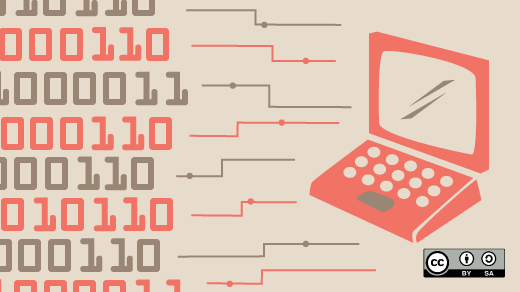Qt Update Ui From Thread

• • • • • Do I need update model in QT UI thread? • If this is your first visit, be sure to check out the by clicking the link above.
Updating a Qt GUI from a boost::thread OK, first things first. Normally you want to create a class derived from a QObject and move that class to a new thread object instead of deriving your class from a Qthread Now to get onto the specifics of your question, you're not able to directly modify the ui.
You may have to before you can post: click the register link above to proceed. To start viewing messages, select the forum that you want to visit from the selection below. • Welcome to Qt Centre. Is a community site devoted to programming in C++ using the. Over 90 percent of questions asked here gets answered. If you are looking for information about Qt related issue — and post your question.
You are currently viewing our boards as a guest which gives you limited access to view most discussions and access our other features. By joining our free community you will have access to post topics, communicate privately with other members (PM), respond to polls, upload content and access many other special features. Registration is fast, simple and absolutely free so please,! If you have any problems with the registration process or your account login, please. Hi guys, I was told that if you want to update the model of a widget, you need do it in QT thread, means you need emit a signal and update model in slot.
Is that true? The problem I faced is I change a tree view's model in a thread, but during I updating the model, QT invoke some draw process. Because the model is deleted, some value is not available, some index is incorrect, then GUI crashed.
Then I found some function 'beginResetModel', 'endResetModel'. I put them when I update the model.
Some times the QT still call draw process and crash the GUI. Any comments? Thanks, but nothing to do with my question.

My question is what is the standard way when you want to destroy all model and reset the widget? You mean I need override all draw method and add mutex on all of them? It's always happen, very common question. When you design a real product you will have some data object and show these data on GUI. Every time these data can be totally different, so you have to delete them all and create the tree again. Download naruto ultimate ninja heroes 3 ppsspp iso for android.
QT should have some mechanism to avoid painting during model is unavailable, right? Last edited by ysilent; 23rd March 2012 at 03:01.
I tried this but instead of loading an image I just put some computations in newLabelText() (had to modify newLabel(),requestNewLabel()) to see if this actually resolves a common problem of freezing the UI when using threads when doing extensive background work (as the author suggests he/she wants to do). And indeed it does freeze the whole thing for a bit (I put an LCD Number control and a button that I use for counting up and displaying the result on the LCD just to check if it does indeed freeze). Which also means that if we load a very large image, this might lead to blocking the UI. – Apr 25 '14 at 15:15 •.
First and foremost,. Normally you want to create a class derived from a QObject and move that class to a new thread object instead of deriving your class from a Qthread Now to get onto the specifics of your question, you're not able to directly modify the ui elements of your main GUI thread from a separate thread. You have to connect a signal from your 2nd thread to a slot in your main thread. You can pass any data that you need through this signal/slot connection but you're unable to directly modify the ui element (which in all honestly you probably do not want to if you intend to keep the frontend of your app separate from the backend).
Checkout Qt's signal and slot for a whole lot more information. How can i do that? You've already got the answers to what you should be doing, but not a why, so I'm going to add a why. The reason you don't modify GUI elements from another thread is because GUI elements are usually not. This means that if both your main GUI thread and your worker thread update the UI, you cannot be certain of the order of what happened when. For reading data generally this can sometimes be fine (e.g.
Checking a condition) but generally you do not want this to be case. For writing data, this is almost always the source of very, very stressful bugs which occur 'at random'. Another answer has remarked on good design principles - not only does constraining your GUI logic to one thread and firing signals to talk to it get rid of your race condition issues, but it also forces you to compartmentalize your code nicely. Presentation logic (the display bit) and data processing logic can then be cleanly separated out, which makes maintaining the two much easier.  At this stage you might think: heck, this threads business is farrrrrr too much work! I'll just avoid that. To see why this is a bad idea, implement a file copy program in a single thread with a simple progress bar telling you how far along the copy is.
At this stage you might think: heck, this threads business is farrrrrr too much work! I'll just avoid that. To see why this is a bad idea, implement a file copy program in a single thread with a simple progress bar telling you how far along the copy is.